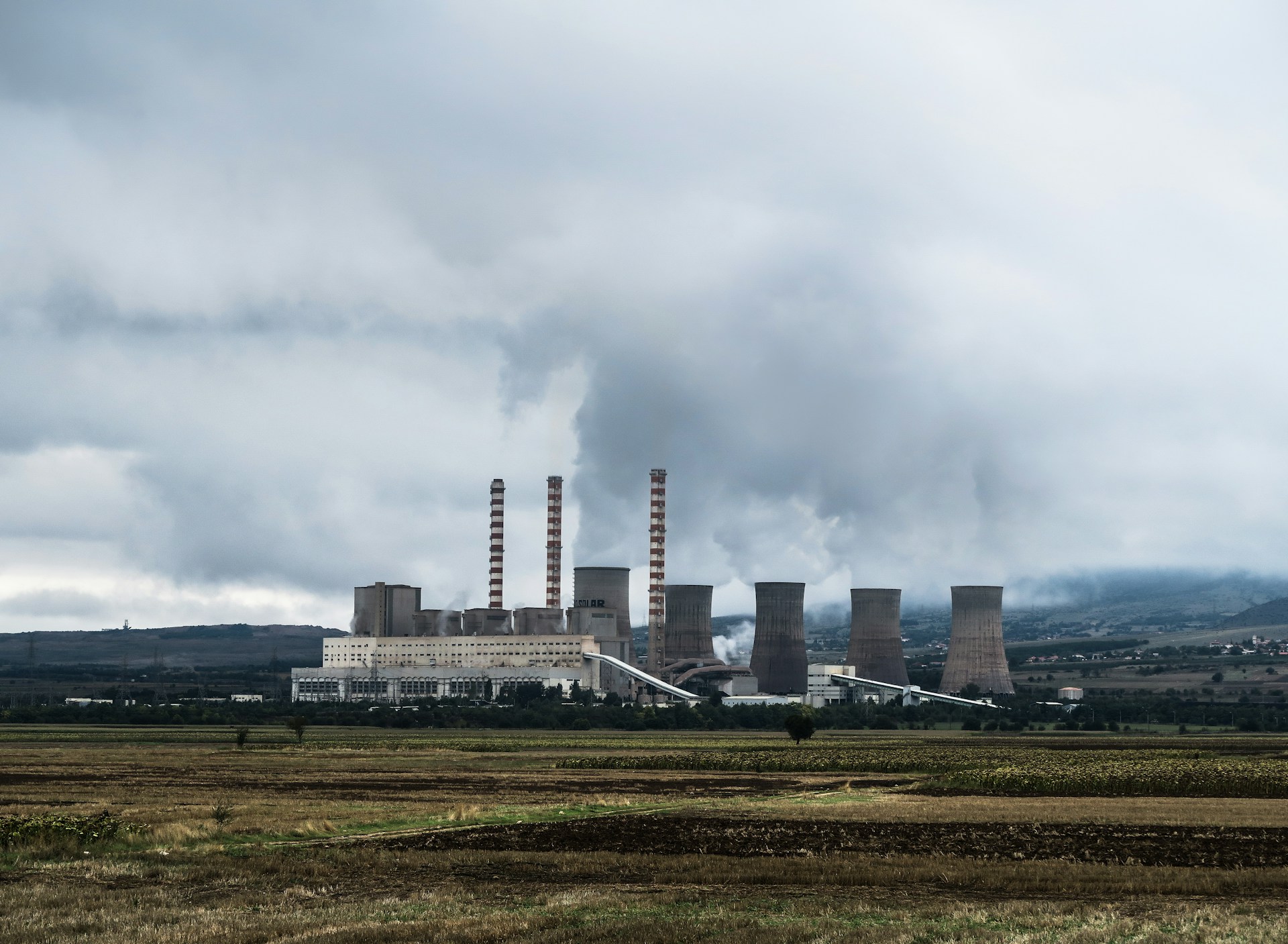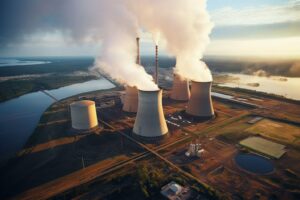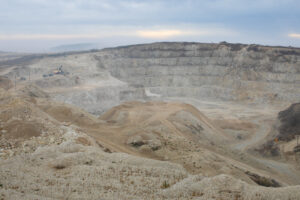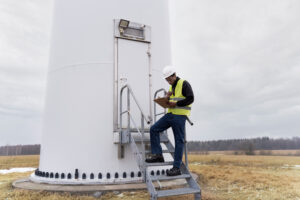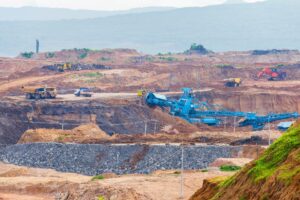As the global energy landscape evolves and clean energy solutions become increasingly essential for combating climate change, advances in nuclear power technology are critical in supporting the transition to low-carbon energy sources. One such innovative approach that promises to not only reduce nuclear waste but also enhance the environmental sustainability of nuclear power is the closed-loop nuclear fuel cycle.
In this article, we will delve into the intricacies of the closed-loop nuclear fuel cycle, exploring its key features, benefits, and the cutting-edge technologies that build upon this concept to further improve the efficiency and environmental performance of nuclear power. With insights from industry leaders like enCore Energy Corp., led by William Sheriff, and Group 11 Technologies, we will shed light on the essential role of closed-loop nuclear fuel cycles in the future of clean energy production.
Developing a comprehensive understanding of the closed-loop nuclear fuel cycle, and how it minimizes waste and optimizes resource utilization, is crucial for elevating awareness of the importance of sustainable and environmentally responsible nuclear power. From advanced recycling processes and waste reduction techniques to the broader implications for the global clean energy movement, this article offers an in-depth exploration of the closed-loop nuclear fuel cycle as a pivotal component of a cleaner and greener energy future.
Join us on this informative and insightful journey into the world of closed-loop nuclear fuel cycles, as we reveal how pioneering companies like enCore Energy Corp. and Group 11 Technologies are contributing to a transformative shift towards more sustainable and eco-friendly nuclear power solutions.
1. Understanding the Closed-Loop Nuclear Fuel Cycle
Nuclear fuel cycles describe the management and processing of nuclear material, from mining and enrichment to reactor operation, waste disposal, and recycling. The closed-loop nuclear fuel cycle, also referred to as a closed fuel cycle or recycling-based fuel cycle, is focused on minimizing nuclear waste by recycling and reusing spent nuclear fuel. In this section, we will break down the key steps in a closed-loop nuclear fuel cycle:
Mining and Enrichment: Similar to conventional nuclear fuel cycles, the closed-loop cycle begins with the extraction and processing of uranium ore, followed by the enrichment of the uranium-235 isotope for use as nuclear fuel.
Fuel Fabrication: Enriched uranium is then manufactured into fuel assemblies for use in nuclear reactors.
Reactor Operations: Nuclear fuel assemblies, which consist of clusters of fuel rods, are inserted into nuclear reactors to produce energy through a process called nuclear fission.
Spent Fuel Processing: Once nuclear fuel is used and no longer efficient, it becomes spent nuclear fuel, typically containing residual fissile material, fission products, and other transuranic elements. In a closed-loop nuclear fuel cycle, spent fuel is treated through a series of chemical processes to separate fission products, transuranics, and reusable fissile material.
Recycling and Reprocessing: Recovered fissile materials are then recycled and fabricated into new fuel assemblies, reducing demand for conventional uranium mining and enhancing resource utilization.
Waste Management: Fission products and other radioactive waste elements are safely managed, stored, and disposed of according to established guidelines and regulatory requirements.
2. Benefits of the Closed-Loop Nuclear Fuel Cycle
The closed-loop nuclear fuel cycle offers a range of benefits in comparison to the traditional open fuel cycle, directly contributing to the environmental sustainability and resource efficiency of nuclear power generation:
Reduced Nuclear Waste: By recycling and reusing spent fuel, the closed-loop fuel cycle greatly reduces the volume of high-level nuclear waste requiring disposal. This subsequently lessens the burden on long-term waste storage facilities and mitigates environmental risks associated with waste disposal.
Enhanced Resource Utilization: Recycling spent fuel optimizes resource utilization, extending the supply of nuclear fuel and minimizing reliance on conventional uranium mining. This improves the overall sustainability and long-term viability of nuclear power.
Reduced Proliferation Risks: Effective spent fuel management and recycling processes in a closed-loop fuel cycle can help reduce the risks associated with nuclear weapon proliferation by repurposing fissile material for commercial use and minimizing its availability for nefarious purposes.
3. Technological Innovations in Closed-Loop Nuclear Fuel Cycles
Several innovative technological advancements are propelling the growth and adoption of closed-loop nuclear fuel cycles. Some cutting-edge techniques and developments include:
Advanced Reprocessing Techniques: Leading research and development efforts are currently focused on improving reprocessing techniques for spent fuel, such as the development of electrochemical or pyroprocessing methods for more efficient and environmentally friendly spent fuel treatment.
Fast Neutron Reactors (FNRs): The development of fast neutron reactors (also known as fast breeder reactors) offers a promising advance in nuclear power technology, enabling the efficient utilization of fissile and fertile nuclear material with minimal waste generation. FNRs could play a crucial role in the closed-loop nuclear fuel cycle by improving fuel utilization and minimizing waste production.
Small Modular Reactors (SMRs): The closed-loop fuel cycle concept has the potential to be integrated into emerging small modular reactor designs, offering a compact and flexible nuclear power solution with inherent waste reduction and resource optimization benefits.
4. Challenges and Future Prospects in Closed-Loop Nuclear Fuel Cycle Adoption
Despite its potential benefits, the widespread adoption of closed-loop nuclear fuel cycles faces several hurdles:
Complexity and Economics: Implementing a closed-loop fuel cycle involves greater technical complexity and higher capital investments compared to open fuel cycles, including the necessity for advanced reprocessing facilities and associated infrastructure.
Regulation and Licensing: Regulatory frameworks and licensing processes must be adapted and developed for closed-loop fuel cycle technologies to ensure safety and compliance standards are met.
Public Perception and Education: Fostering public understanding and acceptance of closed-loop nuclear power generation and its environmental benefits is essential for securing broad support and enthusiasm for its adoption.
The closed-loop nuclear fuel cycle presents a transformative opportunity to enhance the environmental sustainability and resource efficiency of nuclear power generation. Through the continued efforts of industry leaders like enCore Energy Corp. and Group 11 Technologies, the development and adoption of closed-loop fuel cycle technologies have the potential to drive progress toward a cleaner, more responsible, and sustainable energy future. By embracing and investing in these pioneering solutions, we can advance the role of United States nuclear energy in the global clean energy transition and build a greener world for generations to come.
